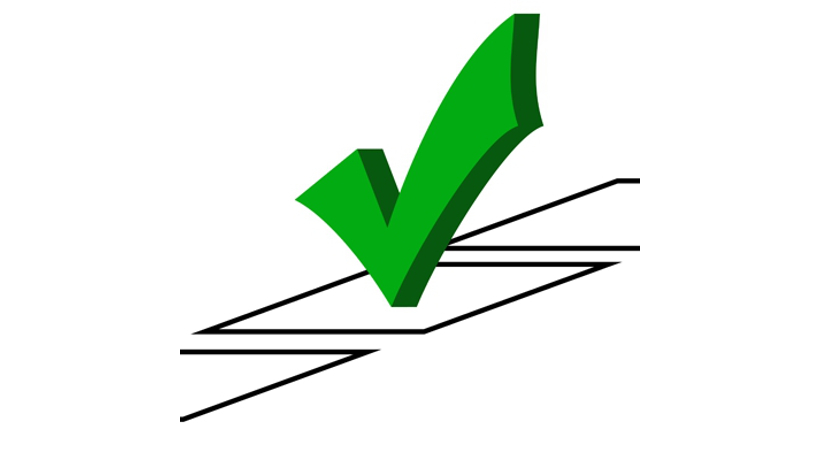Using Online Survey Software For eLearning: 3 Things You Need To Know
It may be not a revealing statement that today’s digital world is developing very fast and we definitely should not fall behind. Keeping up with recent inventions (e.g. Blockchain, AI, RPA, NLP, etc.) requires a continuous acquisition of knowledge and new skills. As futurist and philosopher Alvin Toffler once wrote:
"The illiterate of the 21st century will not be those who cannot read and write, but those who cannot learn, unlearn, and relearn."
When it comes to business and familiarizing with innovative and new ideas that have appeared recently in your company and on the market, eLearning tools provided by online survey software may be the most convenient and cost-effective solution. These 3 things listed below will help you understand the core of this kind of software and explain its beneficial aspects in case of eLearning.
1. No Need To Be An Expert
Creating or implementing an eLearning platform may seem to be too complicated for most people and too expensive for most of the organizations. Nothing of the sort. Companies which deliver survey and questionnaire software scrupulously take into consideration customers’ needs and continuously enhance their offer; for example, most of the questionnaires can be enriched by descriptive text and multimedia elements.
Among various options, you can choose a very user-friendly software and a convenient set of tools, which is the most profitable solution. Although it may also seem that saving money does not go hand in hand with high-quality services, some companies, for example MySurveyLab, can provide you with a so-called 2 in 1 option: Surveys and test in one software package. Namely, by adding a few changes, like scoring and metrics, a standard questionnaire may be easily turned into an online test. The flexibility of this solution enables not only conducting a quick evaluation or quizzes, but also creating a complete and fully functional eLearning tool.
2. Verify Your Employees’ Knowledge
Obviously, while implementing new products, offers, and services, or conducting organization transformation that introduces new processes or changes existing ones, your employees should be familiar with these changes and their knowledge is supposed to be properly verified. In many cases, employee knowledge is a key to company success.
Online tests meet all of the conditions – a price and convenience as well as an easy and fast access. The example in favor of this solution is financial institutions, such as banks, insurance companies, and brokers, which are often obliged by law to check skills and knowledge of their salesforce and customer care consultants. In many situations it is also required to assess financial knowledge of the customer. This way companies make sure that complex products like derivatives or SIPS (Structured Investment Products) are not offered to the customers that don’t know how particular instrument product works.
With the online test tool, you can create quick online training, evaluation tests (that verify knowledge after the training), or even automatic evaluation surveys (for the customer) by yourself. No software installation on your computer. Everything you need is served from the cloud. No programming or technical knowledge is required. Tools like MySurveyLab can be
your swiss knife for the quick online surveys, forms, quizzes, test and training.
3. Create A Process
Learning and knowledge assessment should not be associated with a single occurrence. Thus, build a process that is focused on constant improving your employees’ knowledge and skills. In order to manage the changes and measure your company’s position, you should acquaint with statistical tools.
Especially useful are trends and ratio / KPI (Key Performance Indicators) analysis. This way you can define set of metrics that are specific for your organization and verify their change and dynamics over time. Other tools you may need are cross tabulations, benchmarks, and filtering of tests and surveys results. They will help you to verify position of one team or department versus another. Identify weak points and address them, and what is important you can do it in a real-time.
Such reports play a pivotal role when it comes to an overview of the collected feedback. For example, you can juxtapose the outcome within your organization and, subsequently, eliminate weak points and prepare your future plans concerning new investments, processes, skills improvement or development, and other human resource matters.







